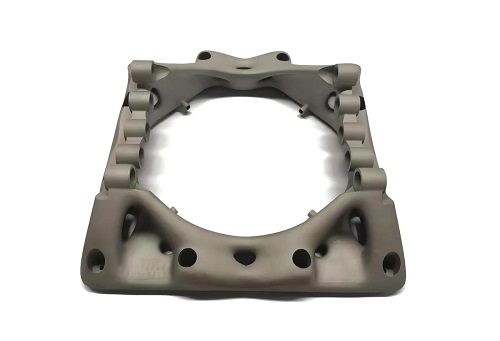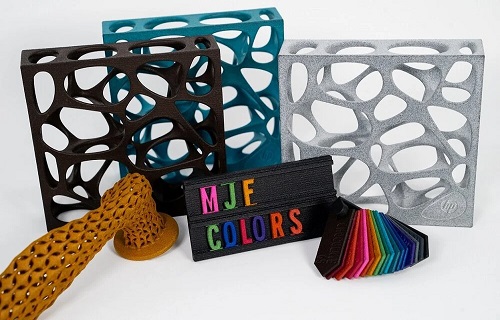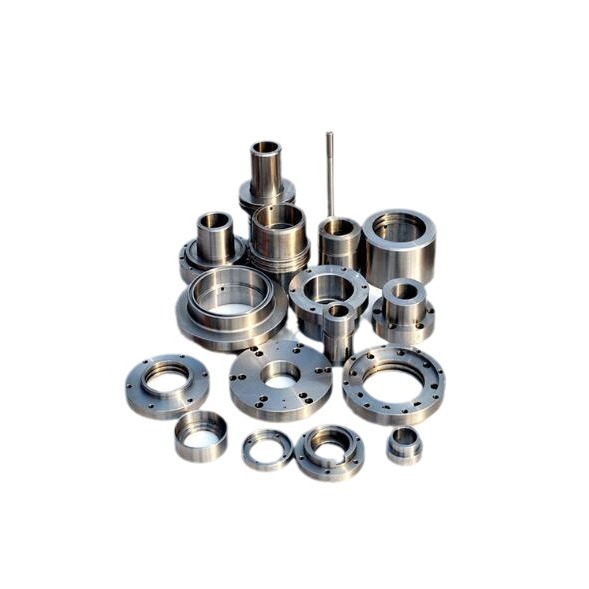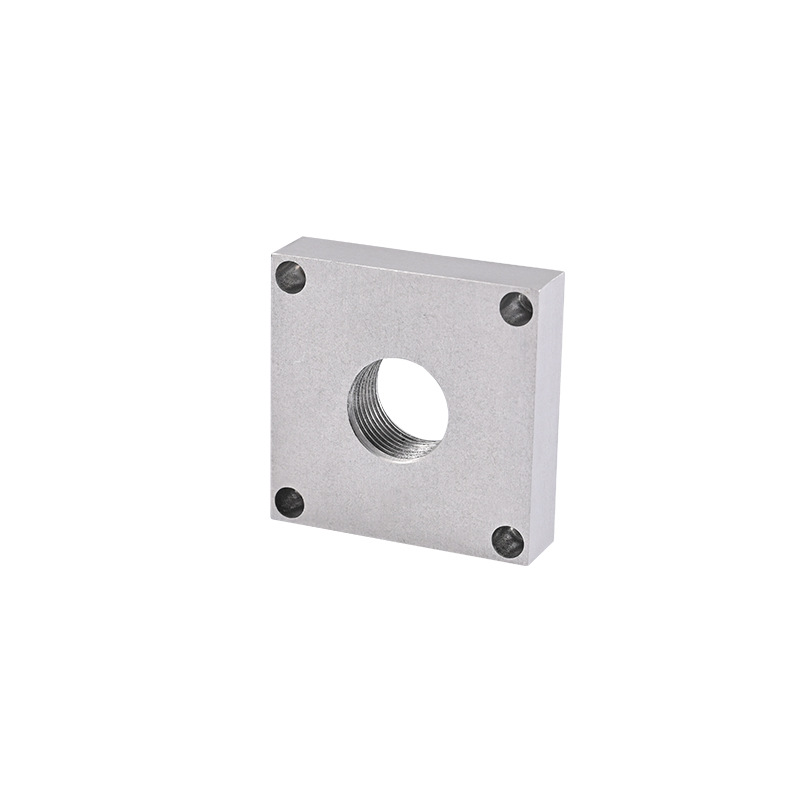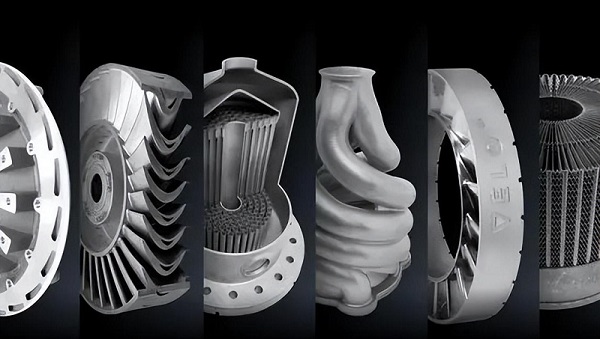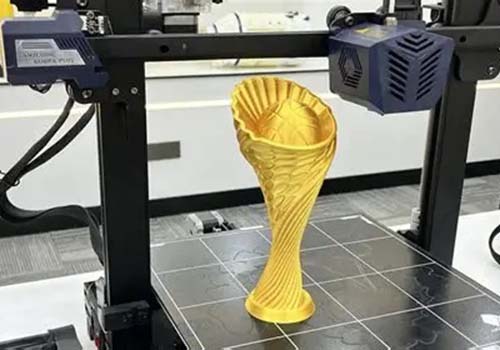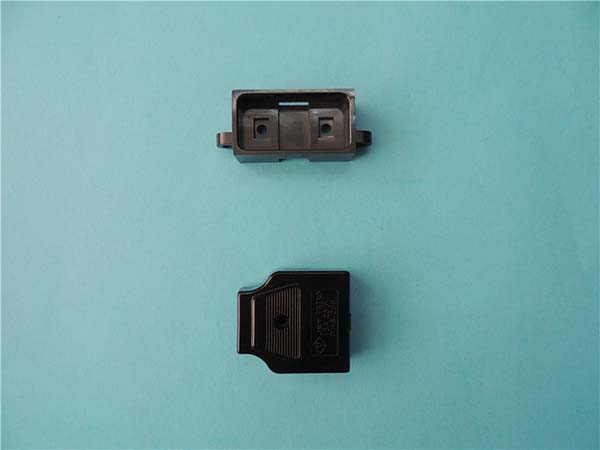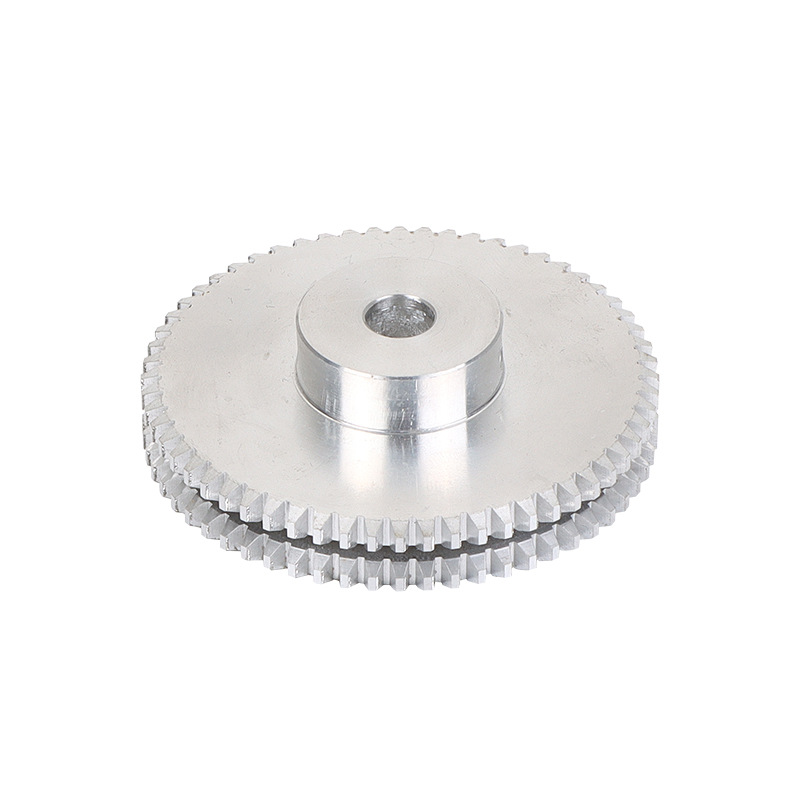Introduction to 3D Printing in Medicine
The medical field is constantly evolving, adopting innovative technologies to improve patient outcomes and streamline healthcare delivery. One such revolutionary technology is 3D printing, or additive manufacturing, which is transforming various aspects of medical practice. From personalized prosthetics and implants to customized drug dosages, 3D printing offers tailored solutions that enhance patient care, reduce healthcare costs, and improve recovery times. This article explores how 3D printing is revolutionizing the field of medicine by examining its applications, benefits, and future prospects.
Overview of 3D Printing Technology
Historical Context and Evolution
3D printing, also known as additive manufacturing, began its evolution in the late 20th century. Initially used in industrial settings for prototyping, the technology quickly found applications in various sectors, including healthcare. As advancements in material science, software, and hardware development progressed, 3D printing's potential expanded within the medical field. Today, 3D printers are essential tools in hospitals, research labs, and pharmaceutical companies, providing innovative solutions to meet the needs of modern healthcare.
Applications in Patient Care
In medicine, 3D printing has proven invaluable for creating customized prosthetics, implants, surgical guides, and even personalized drug formulations. These applications leverage the precision, customization, and efficiency of 3D printing to deliver personalized healthcare, improving patient satisfaction and treatment outcomes.
Custom Prosthetics and Implants
One of the most notable applications of 3D printing in medicine is the production of custom prosthetics and implants. Traditional methods of creating these devices often involve mass production or standard molds, which may not fit an individual’s anatomy perfectly. 3D printing enables the creation of highly personalized devices tailored to the specific needs of the patient.
Benefits of Custom Prosthetics and Implants
- Improved Fit and Comfort: Customized prosthetics and implants are designed to match the patient's unique anatomy, offering a better fit and increased comfort.
- Reduced Recovery Time: By integrating seamlessly with the body, 3D printed implants often reduce the time needed for recovery compared to traditional implants.
- Cost-Effectiveness: Though the initial investment in 3D printing technology can be high, the ability to produce devices on demand eliminates mass production and storage costs, making it more affordable in the long term.
Case Studies and Success Stories
Several case studies highlight the success of 3D-printed prosthetics and implants. For example, a study published in The Lancet found that patients who received 3D-printed hip implants experienced faster recovery times and fewer complications compared to those with traditional implants. Another remarkable example is the use of 3D-printed prosthetics for children, which can be easily adjusted as they grow, offering a long-term solution that adapts to their changing needs.
Surgical Guides and Models
In addition to custom prosthetics and implants, 3D printing plays a crucial role in surgical planning and education by creating surgical guides and anatomical models. These tools enable surgeons to practice and plan complex surgeries with greater accuracy and confidence.
Advantages of Surgical Guides and Models
- Enhanced Precision: Surgical guides made with 3D printing can direct the surgeon's tools with precision, helping navigate complex anatomical structures.
- Risk Reduction: By simulating surgeries on 3D-printed models, surgeons can identify potential complications and refine their approach before performing the procedure on the patient.
- Educational Tools: 3D-printed anatomical models serve as valuable educational tools for medical students and professionals, enhancing their understanding of complex conditions and procedures.
Real-World Applications
A notable real-world application is the use of 3D-printed models for planning surgeries for congenital heart disease. Surgeons can create detailed, patient-specific heart models, allowing them to rehearse the procedure beforehand. This has been shown to reduce surgery times and improve outcomes. Similarly, 3D-printed guides are used in orthopedic surgeries to ensure the precise placement of implants, improving postoperative results.
Personalized Drug Dosages
Another exciting application of 3D printing in medicine is the production of personalized drug dosages. Standard drug formulations may not work effectively for all patients due to individual variations in metabolism and response to treatment. 3D printing enables the creation of custom drug formulations tailored to a patient's specific needs.
Mechanism and Benefits
- Customized Therapy: With 3D printing, drugs can be formulated to meet the precise requirements of a patient's condition, ensuring more effective treatment.
- Precision Dosing: The technology allows for precise control over the dosage of medication, reducing the risk of over- or under-dosing.
- Innovative Drug Delivery Systems: 3D printing enables the development of advanced drug delivery systems, such as implantable devices that release medication over time.
Practical Implementations
Pharmaceutical companies are exploring 3D printing to create personalized medications, particularly for patients with chronic conditions like cancer or diabetes. For example, a pilot study showed that 3D printing could produce chemotherapy drugs tailored to individual patients based on their genetic profiles. Such personalized approaches could significantly improve treatment efficacy and minimize side effects.
Future Prospects
The future of 3D printing in medicine holds enormous potential, with ongoing research and technological advancements expected to expand its applications even further.
Emerging Technologies and Trends
- Bioprinting: One of the most promising developments is bioprinting, which involves printing living tissues and organs. While still in the experimental stage, bioprinting could one day address organ shortages and improve transplant outcomes.
- Nanotechnology Integration: By combining 3D printing with nanotechnology, researchers could create advanced medical devices that interact with the body’s natural processes, such as smart implants that monitor and adjust to changes in health.
- Artificial Intelligence (AI): AI will play a pivotal role in optimizing the 3D printing process, enabling higher precision, faster production, and better customization of medical devices and treatments.
Potential for Global Health Improvement
3D printing can greatly improve global health by increasing access to medical resources, especially in underserved or remote areas. Portable 3D printers can produce essential medical supplies locally, reducing dependence on centralized supply chains. This capability is particularly valuable in disaster response scenarios, where quick access to medical equipment is crucial.
Anticipated Developments in Medical 3D Printing
The future of medical 3D printing is bright, with several anticipated developments:
- Increased Adoption: As more healthcare institutions recognize the value of 3D printing, its use will expand beyond specialized centers to become an integral part of mainstream medical practice.
- Regulatory Support: As the technology evolves, regulatory bodies will likely develop guidelines to ensure the safe and effective use of 3D printed medical devices and drugs.
- Collaborative Innovation: Collaboration between academic institutions, healthcare providers, and industry will drive continuous innovation, leading to new applications and improvements in existing ones.
Conclusion
3D printing is undoubtedly transforming the field of medicine, offering innovative solutions that enhance patient care, reduce costs, and improve treatment outcomes. Whether it’s custom prosthetics, personalized drug dosages, or surgical models, 3D printing is reshaping how healthcare is delivered. As the technology continues to evolve, its potential to revolutionize medicine is boundless, offering hope for better and more efficient treatments around the world.
FAQs
What are the main advantages of using 3D printing in medicine?
The main advantages include improved precision and customization, better treatment outcomes, reduced recovery times, and cost savings. Custom prosthetics and implants offer better fit and comfort, while surgical guides and models improve precision in surgeries. Personalized drug dosages optimize effectiveness and minimize side effects.
How does 3D printing contribute to personalized medicine?
3D printing contributes to personalized medicine by enabling the creation of custom prosthetics, implants, and drug dosages tailored to individual patient needs. It allows for precise control over drug formulations and delivery, improving therapeutic effectiveness and reducing side effects. Additionally, 3D-printed anatomical models help surgeons plan surgeries with greater precision.
What are the future prospects for 3D printing in medicine?
The future of 3D printing in medicine is promising, with developments like bioprinting and nanotechnology integration set to revolutionize healthcare. Bioprinting could address organ shortages, while AI will enhance precision and efficiency in medical applications. These advancements could improve global health by increasing access to medical resources and providing more personalized treatment options.
